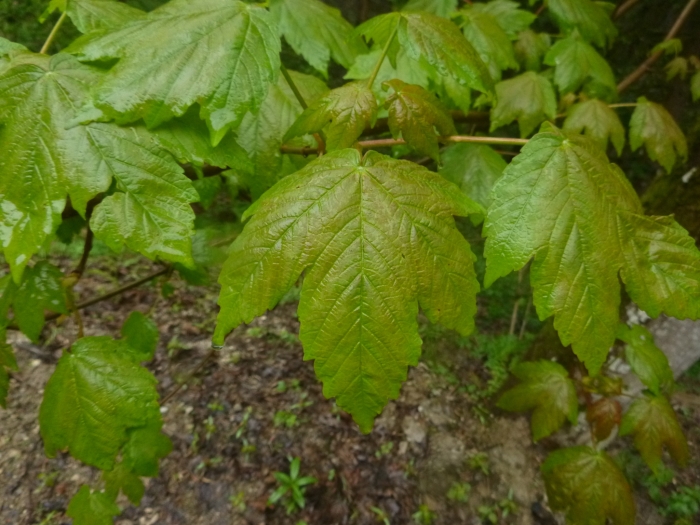Sycamore Maple
(Acer pseudoplatanus)
Sycamore Maple (Acer pseudoplatanus)
/
/

Gabriel Mayrhofer
Public Domain
























































Estimated Native Range
Summary
The Sycamore Maple is appreciated for its adaptability to a range of urban conditions, including wind, pollution, and salt spray, making it suitable for city planting, roadside greening, and coastal areas. It also thrives in parks and large gardens for its shade and ornamental value. The tree’s ability to withstand low summer temperatures is an added benefit. Cultivation requires full sun to part shade, medium water, and well-drained soils. However, it can be invasive outside its native range and may suffer from leaf spot diseases and the sycamore lace bug.CC BY-SA 4.0
Plant Description
- Plant Type: Trees
- Height: 40-60 feet
- Width: 40-60 feet
- Growth Rate: Moderate
- Flower Color: N/A
- Flowering Season: Spring
- Leaf Retention: Deciduous
Growth Requirements
- Sun: Full Sun, Part Shade
- Water: Medium
- Drainage: Medium, Slow
Common Uses
Bee Garden, Bird Garden, Butterfly Garden, Deer Resistant, Edible*Disclaimer: Easyscape's listed plant edibility is for informational use. Always verify the safety and proper identification of any plant before consumption., Salt Tolerant
Natural Habitat
Broadleaf woodlands and forest edges
Other Names
Common Names: Sycamore , Scottish Maple , Great Maple , False Planetree , Ahorn , Bergahorn , Berg-Ahorn , Vuorivaahtera , Érable Sycomore , Acero Montano
Scientific Names: Acer pseudoplatanus , Acer atropurpureum , Acer pseudoplatanus f. purpurascens , Acer pseudoplatanus f. purpureum , Acer dittrichii , Acer pseudoplatanus var. purpurascens , Acer pseudoplatanus f. aureovariegatum , Acer pseudoplatanus f. variegatum , Acer pseudoplatanus var. purpureum , Acer pseudoplatanus f. leopoldii
GBIF Accepted Name: Acer pseudoplatanus L.